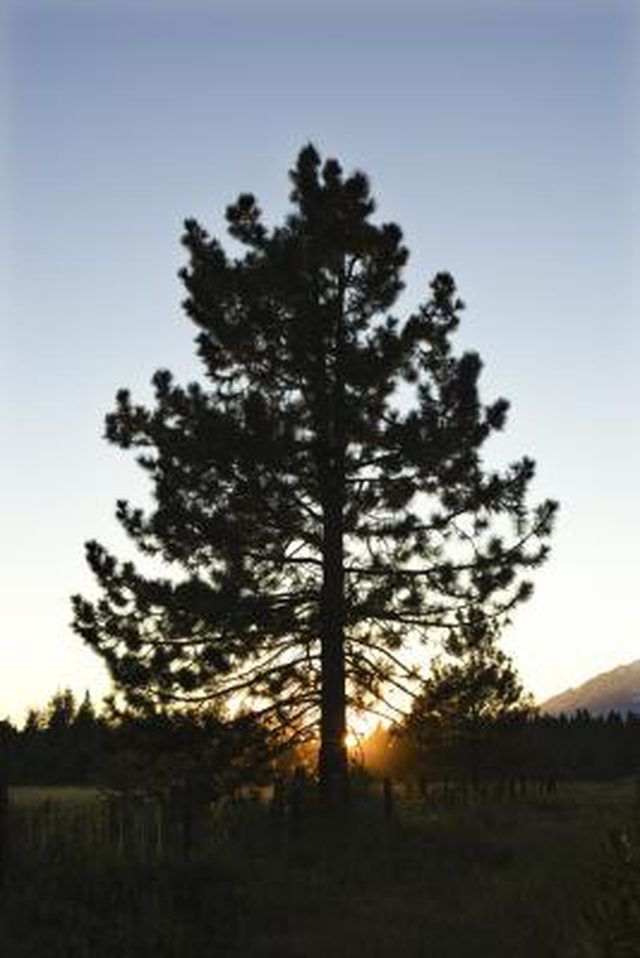Bulbs
Flower Basics
Flower Beds & Specialty Gardens
Flower Garden
Garden Furniture
Garden Gnomes
Garden Seeds
Garden Sheds
Garden Statues
Garden Tools & Supplies
Gardening Basics
Green & Organic
Groundcovers & Vines
Growing Annuals
Growing Basil
Growing Beans
Growing Berries
Growing Blueberries
Growing Cactus
Growing Corn
Growing Cotton
Growing Edibles
Growing Flowers
Growing Garlic
Growing Grapes
Growing Grass
Growing Herbs
Growing Jasmine
Growing Mint
Growing Mushrooms
Orchids
Growing Peanuts
Growing Perennials
Growing Plants
Growing Rosemary
Growing Roses
Growing Strawberries
Growing Sunflowers
Growing Thyme
Growing Tomatoes
Growing Tulips
Growing Vegetables
Herb Basics
Herb Garden
Indoor Growing
Landscaping Basics
Landscaping Patios
Landscaping Plants
Landscaping Shrubs
Landscaping Trees
Landscaping Walks & Pathways
Lawn Basics
Lawn Maintenance
Lawn Mowers
Lawn Ornaments
Lawn Planting
Lawn Tools
Outdoor Growing
Overall Landscape Planning
Pests, Weeds & Problems
Plant Basics
Rock Garden
Rose Garden
Shrubs
Soil
Specialty Gardens
Trees
Vegetable Garden
Yard Maintenance
How to Care for an Aleppo Pine
How to Care for an Aleppo Pine. Pinus halapensis is a large tree commonly known as Aleppo Pine. This evergreen tree features light green needles and reddish-brown, oval or oblong pine cones. While a well-situated tree in your yard should be low-maintenance, Aleppo Pines are subject to diseases such as root rot, scale insects and blight. Planting an...

Pinus halapensis is a large tree commonly known as Aleppo Pine. This evergreen tree features light green needles and reddish-brown, oval or oblong pine cones. While a well-situated tree in your yard should be low-maintenance, Aleppo Pines are subject to diseases such as root rot, scale insects and blight. Planting an Aleppo Pine in your yard from seeds is not recommended since it grows to be from 50 to 70 feet tall. However, if one already stands in your yard, there are certain ways to take care of and groom this fragrant tree.
Things You'll Need
Shovel
Mulch
Fertilizer for young trees
Insecticide
Pruning shears for branches ? inch in diameter
Hand saw for branches up to 4 inches
Pruning loppers for branches 1.5 inches in diameter
Assess the Aleppo Pine’s health. Notice the color and feel of the pine needles. Yellow-green or straw-colored needles mean the tree is waterlogged. Finding excess amounts of needles on the ground is another indicator. A healthy tree will usually drop its needles in the spring.
Water 3 feet deep every three weeks in the winter and once a week or twice weekly in the summer, depending on the climate. Fertilize twice yearly in the first five years of growth by using a 12-4-8 fertilizer for evergreens and following the manufacturer's instructions. Refrain from fertilizing mature trees.
Create a 4-inch-deep water ring around the tree by measuring a 3- to 6-foot radius, depending on the height and width of the tree. Cut into the grass around the radius with a shovel. Continue digging toward the tree until all of the grass is removed.
Add mulch 8 to 10 inches away from the trunk in order to prevent disease at the crown. Spread it evenly around the tree over the water ring. Place the mulch level with, or slightly taller, than the grass. This helps the tree retain moisture, makes the soil stable and gives the tree much-needed nutrients.
Control disease wherever you can. Sawflys look like wasps and saw into an Aleppo Pine trunk to lay their eggs. Handpick or spray the larva, which looks like a caterpillar or slug, with an insecticide. Mealybugs, for example, look like small pieces of cotton, weaken the plant and lead to leaf drop. Get rid of mealybugs by encouraging natural enemies, such as lady beetles, and contact your local nursery to establish a chemical remediation.
Prune the tree in order to prevent problems, improve appearance and promote tree growth. Save major pruning for the spring; regular tree maintenance is done whenever necessary. Decide which kind of pruner you'll use depending on the size of the branch. Cut branches that interfere with a walkway, for example, down to the parent branch on the trunk. Make the cut flush just outside the branch collar. Remove any diseased or broken branches by cutting down to the parent branch.
Tips & Warnings
Consider hiring a professional tree trimmer for crown reduction at the top of the tree.
Be careful when digging around a newly planted tree as the roots are fragile.
Walk on mulch only when necessary.
Hot and dry winds create tree stress.